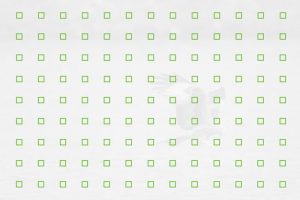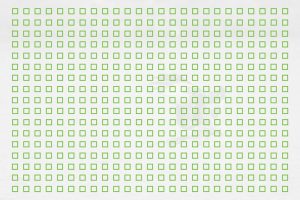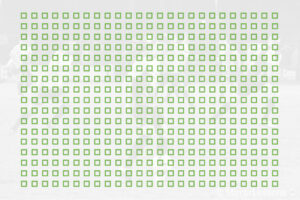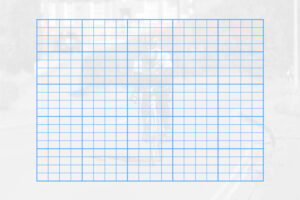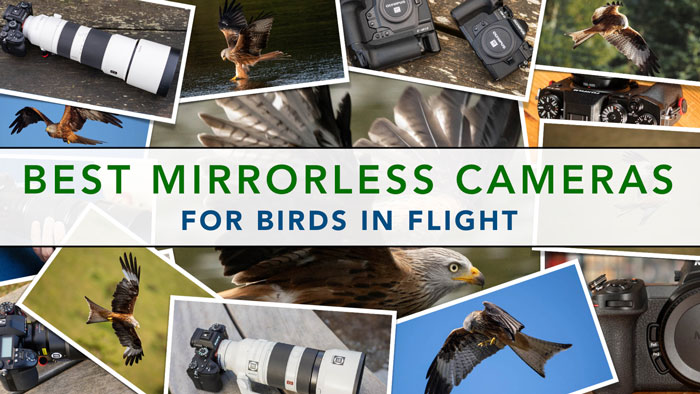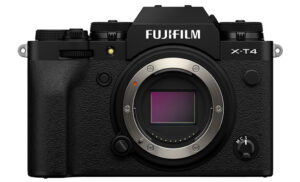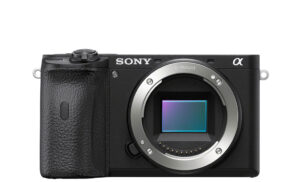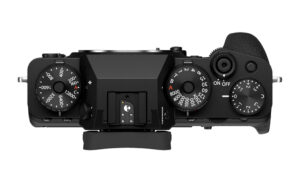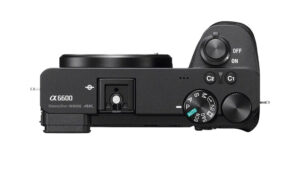Fujifilm and Sony are the two brands that have made the most effort in the mirrorless APS-C segment. Sony can claim some of the most sold models on the market (the original A6000 is still doing well) whereas Fujifilm, after capturing the attention of the photographic community with the retro-looking design of its cameras, have shown that they can also pack impressive performance under the bonnet.
The X-T4 is the fourth iteration of Fujifilm’s most popular series, and its specifications make it a very complete offering by 2020 standards. The A6600, released in 2019, is Sony’s current high-end model in the APS-C E-mount line-up and has received a few interesting upgrades too. Let’s see how they compare.
X-T4 comparison previews:
X-T3 vs X-T4 – X-T4 vs X-H1 – X-T4 vs X-Pro3 –
X-T4 vs A6600 – X-T4 vs A7 III
Ethics statement: The information found in this article is based on official specifications and our experience with Fujifilm and Sony cameras. We were not asked to write anything about these cameras, nor were we provided with any kind of compensation. Within the article, there are affiliate links. If you decided to buy something after clicking the link, we will receive a small commission. To know more about our ethics, you can visit our full disclosure page. Thank you!
1. Sensor Technology
The X-T4 and the A6600 use the APS-C format (the sensor size is 23.5mm × 15.6mm). The Fuji model has slightly more resolution: 26.1MP versus 24.2MP on the Sony.
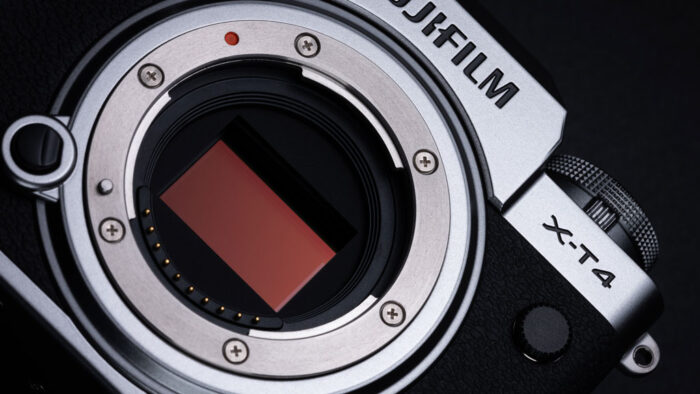
The way in which these two sensors are structured constitutes a more interesting difference.
First, the Fuji sensor has a different distribution of pixels. As you can see below from the simplified illustration, the pattern shows the presence of green, red and blue pixels on each line (X-Trans array). On the Sony, it’s either red & green or blue & green (Bayer array).
Fujifilm claims better sharpness (no need for the AA filter on the X-Trans sensor) and well as more faithful colour reproduction. The A6600 has a Low -Pass filter.
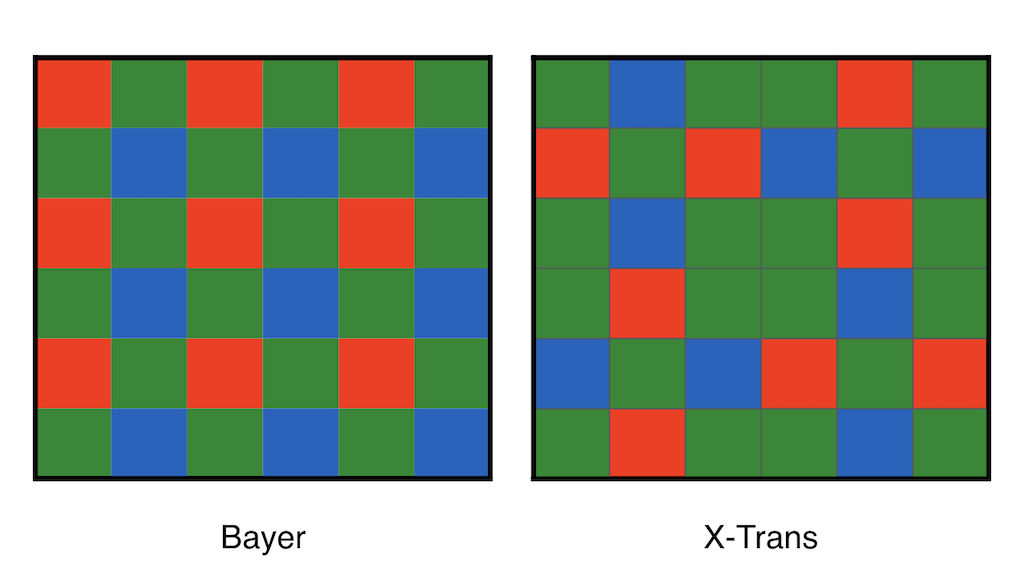
Second, the X-T4 chip has a BSI design (aka Backside-Illumination), which means that the photodiodes that capture the light and transform it into an electric signal are closer to the micro lenses that cover the surface. On paper, this usually means better light gathering which translates into improved dynamic range and less noise at high ISOs.
The A6600 doesn’t have a BSI structure, but it has a thinner wiring layer than traditional sensors, as well as a large photodiode substrate that makes light collection more efficient.
Third, we find a difference in the ISO range. The X-T4 goes from ISO 160 to 12800, or ISO 80 to 51200 if we include the extended range. The A6600 goes from 100 to 32000 ISO, or 100 to 102400 ISO.
26.1MP X-Trans IV vs 24.2MP Bayer
If you want to get a pretty good idea of how these two sensors compare, you can have a look at our X-T30 vs A6400 full comparison. These two models have the same sensors found in the X-T4 and A6600 respectively.
2. Five Axis Stabilisation
Whereas Sony started to integrate this technology earlier, first with the full-frame A7 II at the end of 2014 and then with the A6500, Fujifilm has been slower at including in-body image stabilisation on its products. After the X-H1 (2018) and the GFX100 Medium Format camera (2019), the IBIS mechanism finally comes to the X-T series.
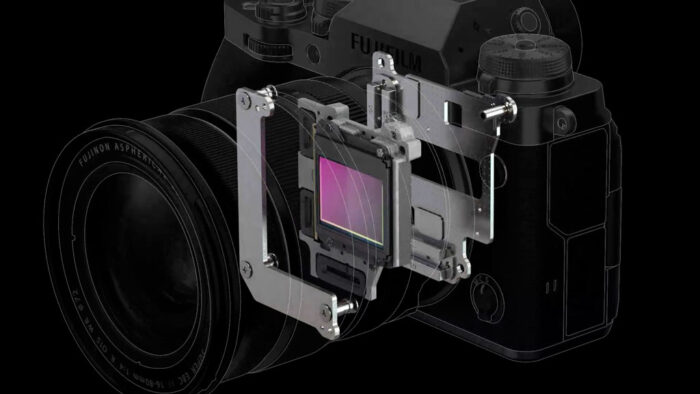
The X-T4 has a rating of 6.5Ev (CIPA), although bear in mind that the compensation can vary depending on the lens used (the minimum is 5 stops). The A6600 is rated at 5Ev.
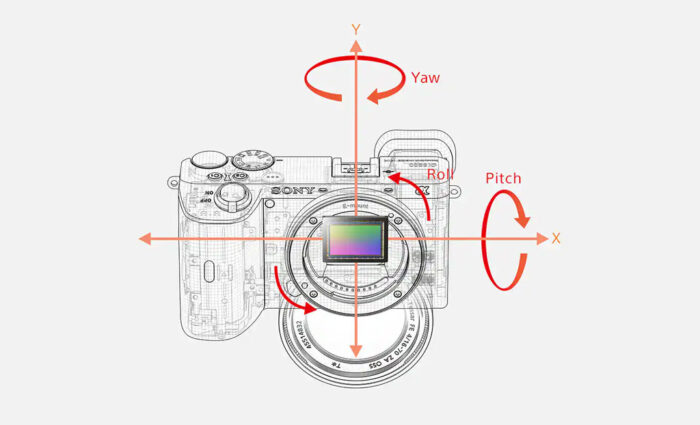
The stabilisation works with the sensor alone, which is great when using non-stabilised lenses, as well as lenses with OSS. The number of axes used on the sensor varies on the Fuji depending on the lens used. With the A6600, it’s always 3 on the sensor and two on the lens.
The system also works for video on the two cameras, but the X-T4 has additional settings to tweak the performance. You can add electronic stabilisation called DIS to improve smoothness when moving with the camera. The field of view is cropped by 1.1x when DIS is active. Another setting called IS Mode Boost helps you record static shots hand-held.
You can see how DIS and IS Mode Boost work in the video below.
3. Autofocus
The X-T4 AF system is unchanged in terms of its main structure: it features 117 hybrid points (phase and contrast detection) that can become 425 depending on the settings used. The phase detection points are present across the entire area of the sensor (99%).
The A6600 uses 425 phase and contrast detection points that cover 84% of the sensor.
Both companies claim an autofocus speed of 0.02s, which is the fastest declared amongst digital cameras as of March 2020.
The AF software is also very advanced, especially on the Sony. The real-time tracking mode analyses faces, eyes, colours, brightness and depth to be more precise and accurate. The camera can also detect the eyes of animals and human beings.
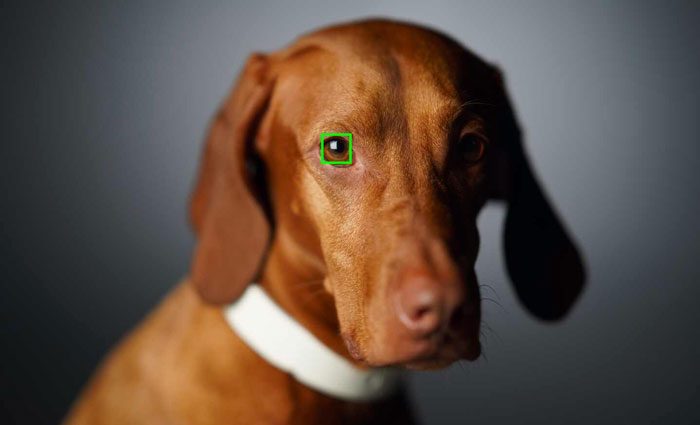
The Fuji algorithm is not quite as advanced but it analyses colour, shape and distance. Face and eye detection only work for humans.
The X-T3 was a good step forward concerning autofocus (mainly face and eye detection). In my birds in flight test, it gave me a score of 72/96 but the A6400, which uses the same AF system and software as the A6600, did better with 80/93. I look forward to testing the X-T4 to see how much of an improvement there is.
4. Continuous Shooting and Shutter
The X-T4 has superior continuous shooting speeds in comparison to the A6600.
With the mechanical shutter, it can go as fast as 15fps, the highest of any APS-C mirrorless camera as of March 2020. Switch to the electronic shutter, and you can reach 20fps, or 30fps if you can accept a 1.25x crop on the sensor (16MP images). The Sony can do 11fps regardless of the type of shutter used.
What’s also interesting is that with the fast speed and the electronic shutter, the X-T4 maintains live view on the LCD / EVF without showing any blackouts. This give you an uninterrupted video feed in real time which is very helpful when tracking erratic and fast subjects. Curiously, this is a feature that Sony first introduced with the A9 series, but has yet to come to one of its APS-C cameras, whereas Fuji has integrated it on multiple models (X-T3, X-T4, X-Pro3 and X-T30).
Both cameras can shoot at 11fps with the mechanical shutter. The X-T4 has a faster shutter speed of 1/8000s versus 1/4000s on the A6600.
The X-T4 has yet another advantage: the maximum shutter speed is 1/8000s with the mechanical and 1/32000s with the electronic shutter, whereas the A6600 stops at 1/4000s either way.
Finally, the X-T4 mechanical shutter mechanism is rated at 300,000 actuations, whereas the one on the A6600 is 200,000 cycles.
5. Video capabilities
The X-T3 was already an impressive camera when it comes to video quality and performance. The X-T4 doesn’t add drastic changes but pushes some of the boundaries even further.
While both cameras can record 4K video up to 30p, the X-T4 can also record at 50 or 60p (with a 1.18x crop), as well as change the aspect ratio to 17:9 (DCI / Cinema 4K). The bitrate goes up to 400Mbps, versus 100Mbps on the Sony with its XAVC S format.
But that’s not all. The Fuji can record 10-bit internally (with 4:2:0 color sampling) thanks to the H.265 codec. Out of the HDMI port you get a clean 10-bit 4:2:2 signal. 10-bit means recording 64 times more colour depth in comparison to 8-bit, which is what is available on the A6600 (internal and external).
Both cameras offer Log gamma curve profiles. There is one on the X-T4 (F-Log) and two on the A6600 (S-Log2 and S-Log3). You’ll also find the HLG profile for HDR video.
In Full HD, the X-T4 can record in 16:9 and 17:9 (2K) and with the High Speed mode, you can obtain 10x slow motion videos thank to the maximum speed of 240fps. The a6600 does a maximum of 120fps, but you have the option to record at that speed in normal mode with sound. Also, the Sony doesn’t crop the sensor when recording at high frame rates, whereas the X-T4 applies a 1.29x crop to your field of view.
The A6600 might look inferior based on most of these specifications, but it has one important advantage: unlimited recording (4K included). The X-T4 can record up to 20 minutes per clip in 4K 50/60, or 30 minutes up to 30p.
Finally, the Sony has a microphone input and a headphone output. The X-T4 has a mic input, and you get the audio out via the provided USB C adapter. This can be annoying if you want to use the USB port for other things like powering the camera while it records to have longer battery life. The only alternative is to use an adapter such as the EC270 2-in-1 Cable. (Check our accessory list to find out more.)
6. Design
The X-T4 is the larger and heavier of the two as you can see below. The A6600 has more depth thanks to the larger front grip.
- X-T4: 134.6 x 92.8 x 63.8mm, 607g
- A6600: 120.0mm x 66.9mm x 69.3mm, 503g
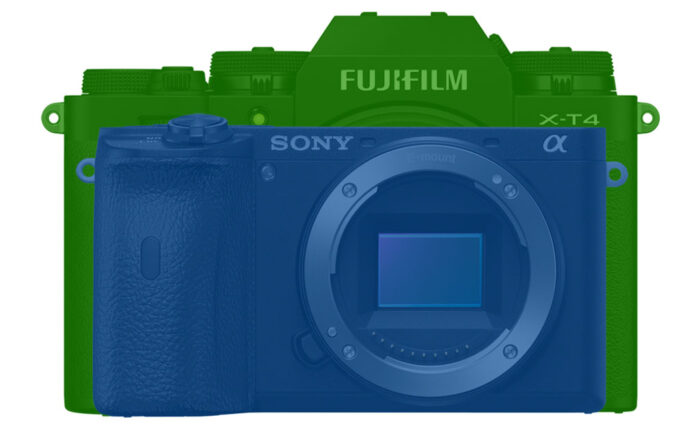
The X-T4 is fully weather sealed against moisture, dust and cold temperatures (-10˚C). The A6600 is marked as dust and moisture resistant, but there is no mention of the temperature.
The X-T4 distinguishes itself with its manual exposure dials and other sub dials that allow you to change the drive mode, or switch to video mode in an instant. There are also two command dials on the front and rear, as well as an AF Joystick.
The A6600 features more traditional controls you’ll find on many modern digital cameras, including the shooting mode dial on top.
Another advantage of the X-T4 is the UHS-II compatible dual card slot. Usefully you can record video to the two cards at the same time. The a6600 has one slot only and doesn’t support UHS-II.
7. EVF and LCD
You may have noticed that one of the most visible differences between these two cameras is the position of the EVF; central on the X-T4 and left (rear view) on the A6600. What’s more, the one on the Sony doesn’t stick out so the camera’s top plate is completely flat.
Concerning the specifications, the X-T4 EVF is larger (0.5 vs 0.39-in), and has more resolution (3.60M vs 2.36M dots) and magnification (0.75x vs 07x). The refresh rate is higher on the A6600 if you set the camera to NTSC (120fps). In PAL mode, the maximum is 100fps like the X-T4 (when Boost mode is on).
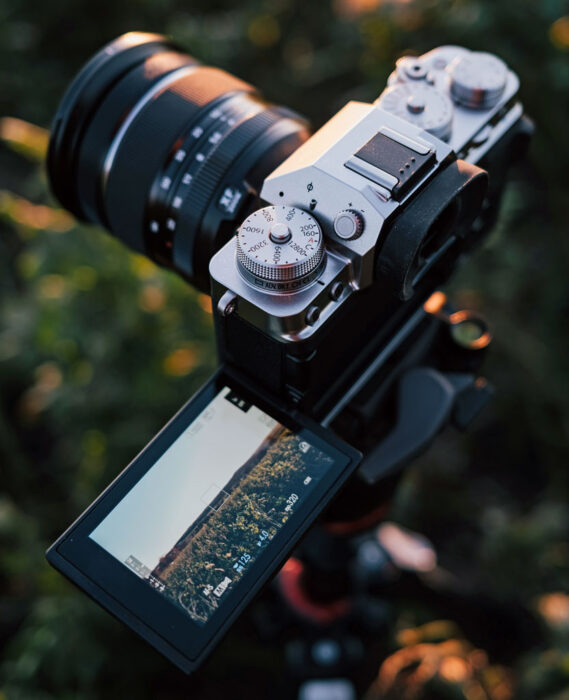
Concerning the LCD screen, the Fuji has a multi-angle solution that allows you to open the screen to the side and rotate it to a maximum of 180˚. It also has more resolution (1.62M vs 0.92M dots).
The Sony screen can be tilted up to 180˚. This means that you can use any accessory on the hot-shoe when the monitor is in that position.
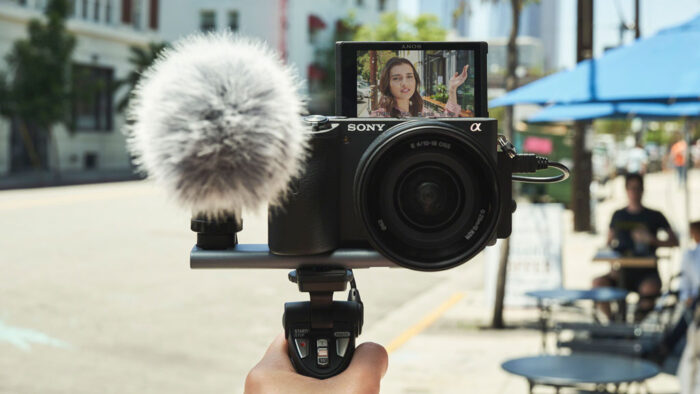
The two screens are touch sensitive but there are more things you can do with the X-T4: move the focus point, take a shot, activate functions, control settings in video mode, use the Q menu and more. On the A6600, it is useful when changing the AF point or magnifying the image.
8. Battery Life and Power
The X-T4 introduced a new battery to the Fujifilm X-Series named NP-W235. It has 2350mAh and the CIPA rating is 500 frames on a single charge, or 600 in Economy mode.
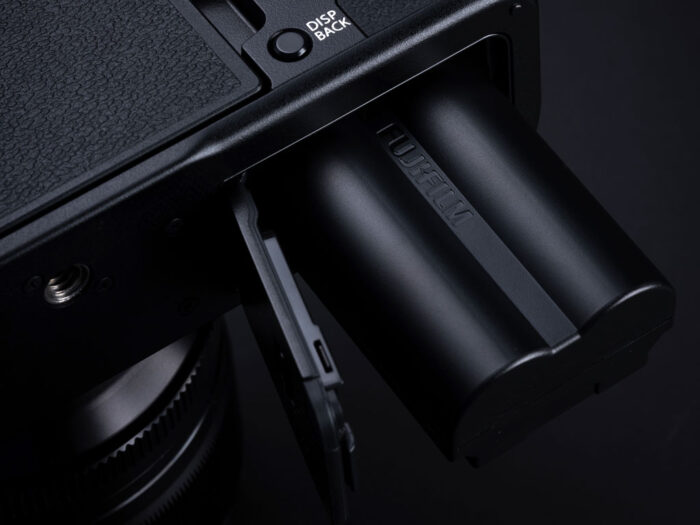
The A6600 employs the same NP-FZ100 battery used by the A9 and A7 series. Sony guarantees between 720 and 810 shots (EVF or LCD usage).
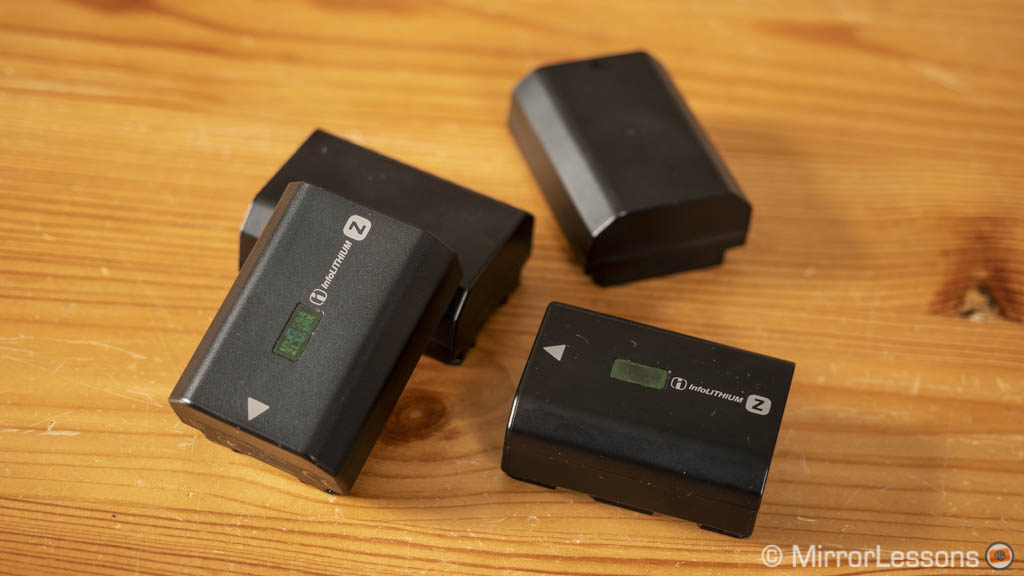
In both cases, expect to at least double these figures in the real world.
There is an official battery grip for the X-T4 (named VG-XT4) whereas Sony doesn’t produce any for its APS-C series (but you can find third-party ones).
Last but not least, both cameras can be charged or powered via the USB port.
9. Lenses
As always, it is important to mention the lenses when talking about different camera systems.
Fujifilm offers a good selection of lenses consisting of fast primes, pro zooms and more affordable options. There isn’t a lot of third party support however (for AF lenses) because Fujifilm doesn’t disclose its mount specifications.
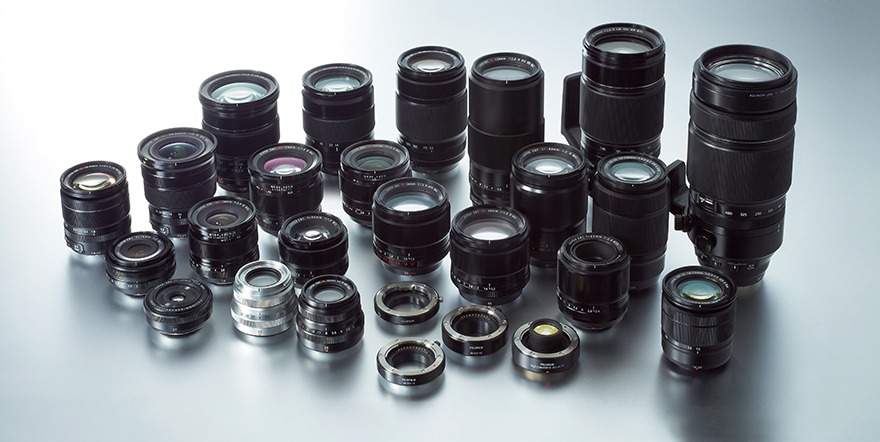
The A6600 is part of the E-mount system which has grown significantly since the introduction of the A7 full frame series, not just thanks to Sony, but also many third-party manufacturers that have invested in it (Zeiss, Samyang, Sigma, Tamron…).
However if we look at the APS-C line-up on its own, the selection is not as complete or diversified. There is only fast zoom lens at the moment (16-55mm 2.8) and a lot of slow telephoto zoom lenses. There is a good number of fast primes however, and you can of course look at the full frame catalogue, but keep in mind that prices can be prohibitive. However, now that Sigma and Tamron are investing more in zooms for the E mount (especially Tamron whose FE 70-180mm 2.8 looks quite compact and affordable), the choice for Sony users is getting better.
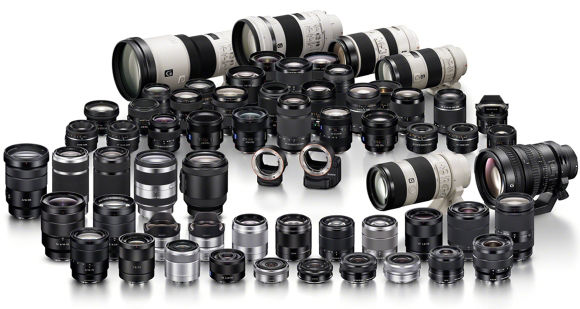
10. Price
The X-T4 starts at the price of $1700 / £1550 / €1830 and is the more expensive of the two.
The A6600 can be found for $1200, £1400 or €1550.
Prices are for the body only and are as of March 2020. Remember that prices can vary over time for a number of reasons, including instant rebates or special offers.
Conclusion
X-T4 comparison previews:
X-T3 vs X-T4 – X-T4 vs X-H1 – X-T4 vs X-Pro3 –
X-T4 vs A6600 – X-T4 vs A7 III
Sony and Fujifilm have always inspired interesting comparisons ever since they started manufacturing mirrorless cameras. At the beginning, they were very different brands following very different philosophies. And while this is still the case, I feel that the X-T series has become more mature than the A6000 series in many ways.
The X-T4 offers a complete package that can potentially satisfy anybody. Now that there is five axis stabilisation and a larger battery, the Fujifilm model looks like the most powerful and complete APS-C camera on the market. Of course we need to pit the two products against one another to give you more in-depth feedback, but on paper it’s difficult not to lean in favour of the Fuji model.
That being said, the A6600 has a few tricks of its own. Those looking for a more compact solution will certainly appreciate the smaller dimension of the Sony. If the X-T series has grown in size over the years, Sony has insisted on maintaining roughly the same dimensions, while still offering a large grip and a big battery too.
Sony’s advanced autofocus and eye tracking need no introduction, and I’m curious to see if the latest software tweaks will bring the X-T4 up to the same level or not.
But if there is one area where in my opinion the X-T4 shines more than any other, it is the video capabilities. Whereas Sony hasn’t brought many updates for a long time now, Fujifilm has gone from being at the bottom of the rank to being one of the most prominent brands when it comes to movie capabilities. It only lacks unlimited recording, which is something you can find on the A6600.
I’m looking forward to putting these two cameras side-by-side as soon as I get the chance.
Reminder: the links below are affiliate links. If you decided to buy something after clicking the link, we will receive a small commission.
Check the price of the Fujifilm X-T4 on
B&H Photo
Check price of the Sony A6600 on
Amazon | Amazon UK | B&H Photo | eBay

